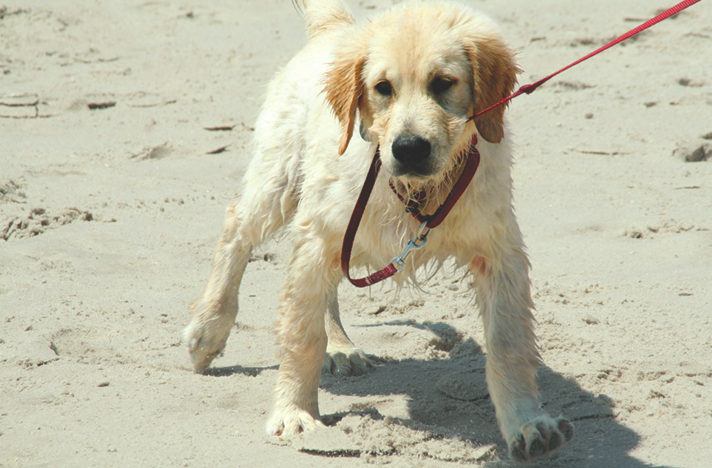Animal interactions are often portrayed as confrontational. Many people have undoubtedly watched a cartoon mouse outsmart a cat, or laughed as the Road Runner stays a few steps ahead of Wile E. Coyote. Common companion animals also have reputations for confrontation when forced to coexist under one roof.
Reality often differs from such depictions. Potential pet owners can rest assured that many animals of all different breeds and species have the potential to cohabitate peacefully. It’s just a matter of doing your homework and facilitating the process of companionship. Here’s how to get started.
Plan An Initial Meet and Greet
When thinking about welcoming a new pet into the home, particularly one who has not previously bonded with another animal that you are adopting together, you should always bring your current pet along to gauge their interactions. Also, it is wise to get a disposition report from the rescue about whether the available animal has a history of confrontation with other pets. Rescues typically let prospective pet parents know if a pet is good with dogs, cats, small animals, and even children.
Create Safe Spaces
Whether it is two dogs, two cats, or one of each, animals may need time to spend alone, particularly if they have different energy levels or needs. The Animal Humane Society says sanctuary rooms can be set up so pets can separate. Rooms should be secure, with a door and a ceiling. These also are good spots to place new pets as they get used to the smells and sounds of other pets and the people in the home.
Think about placing items that smell like the other pet in the new pet’s area along with treats, so that the new animal comes to associate these items with good things, suggests the American Kennel Club.
Utilize A Gate or Screen
After a few days, new pets can be given a chance to see one another separately through a baby gate or screen door without the risk of fights. When the pets are calm enough to meet without barriers, arrange the meeting in a neutral room, rather than in a sanctuary space.
Offer Equal Measures of Attention
Pets may covet their owners’ attention, and that could lead to jealousy, especially among particularly needy pets. While it’s not always possible to be equal, offer adequate time with both animals, including time where each gets individualized attention.
Sometimes It’s a No-Go
Pets may not be able to get along. For example, a dog with a very high prey drive, such as a breed that has been bred to flush out small animals or birds, may find a parakeet or guinea pig simply too tempting to leave alone. A large snake may not work out in a home that has gerbils or hamsters, as rodents are snakes’ natural food sources. Always take a pet’s breed, disposition and natural inclination into consideration before bringing in a new pet.
Various strategies can be employed to help pets peacefully coexist. Pet owners who may need some additional guidance can work with qualified animal trainers.




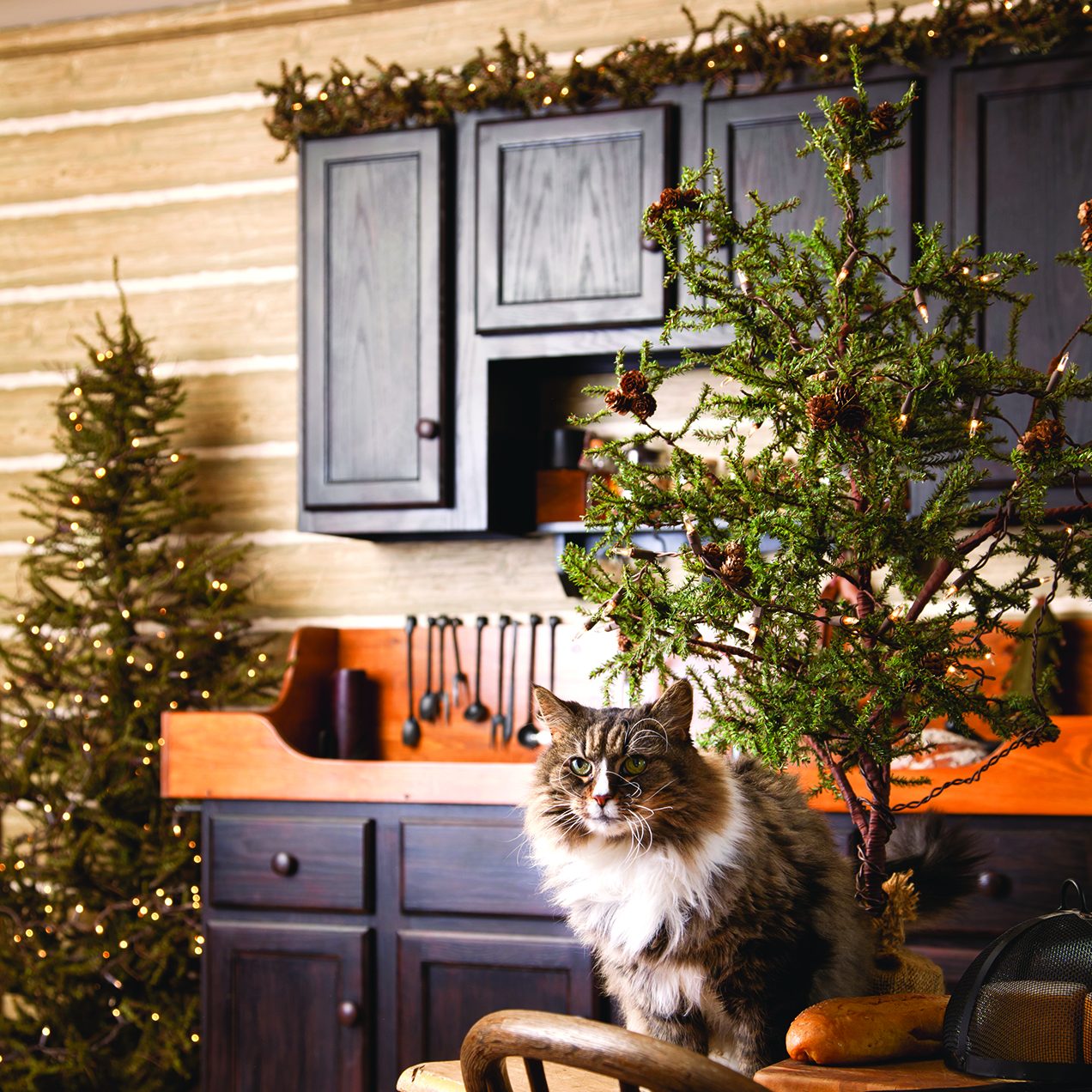
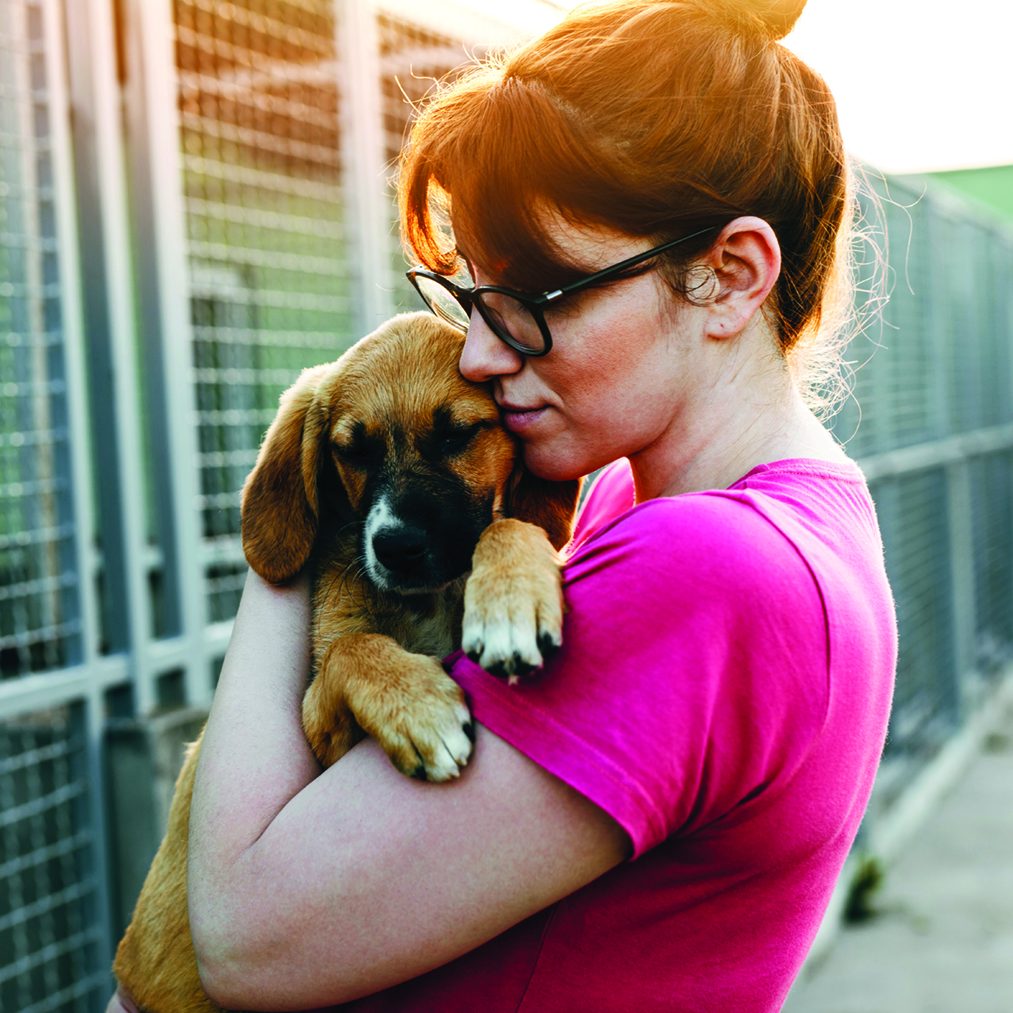
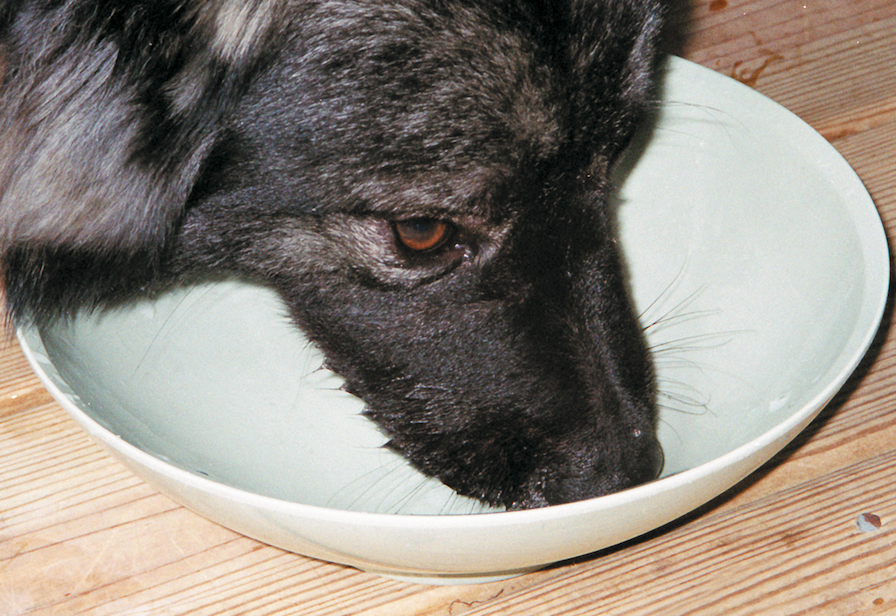

 Data from a small study conducted by researchers at the Cummings School of Veterinary Medicine at Tufts University reported that adolescents who had animal experience were more likely to see themselves as important contributors to communities and more likely to take on leadership roles.
Data from a small study conducted by researchers at the Cummings School of Veterinary Medicine at Tufts University reported that adolescents who had animal experience were more likely to see themselves as important contributors to communities and more likely to take on leadership roles.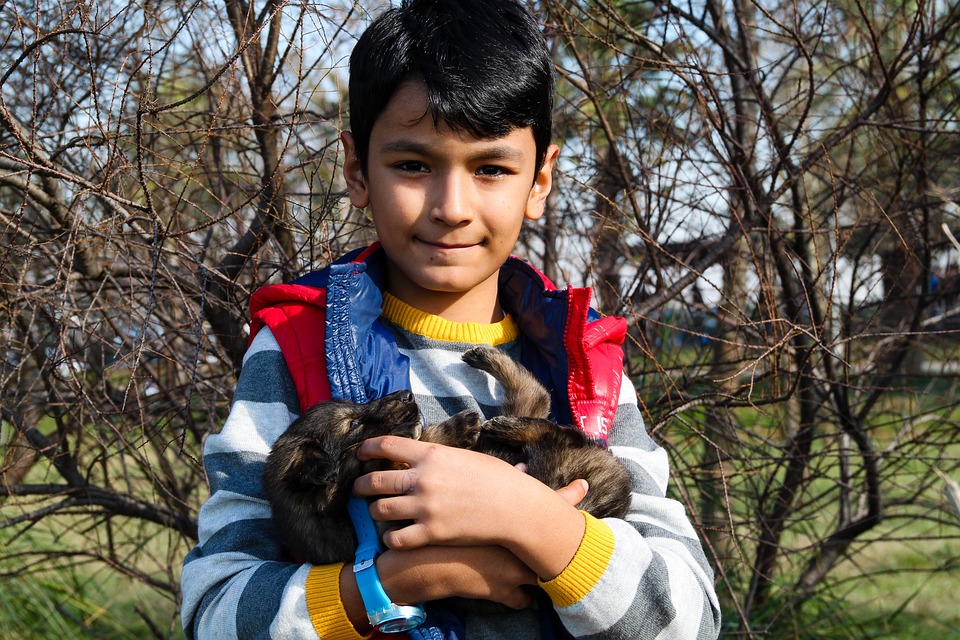 A study from Dennis Ownby, MD, a pediatrician and head of the allergy and immunology department of the Medical College of Georgia, found that having multiple pets decreases a child’s risk of developing certain allergies. He found that the children who were exposed to two or more dogs or cats as babies were less than half as likely to develop common allergies as kids who had no pets in the home.
A study from Dennis Ownby, MD, a pediatrician and head of the allergy and immunology department of the Medical College of Georgia, found that having multiple pets decreases a child’s risk of developing certain allergies. He found that the children who were exposed to two or more dogs or cats as babies were less than half as likely to develop common allergies as kids who had no pets in the home.


